How to Decide Where to Go on Your Next Trip
13 min readThanks to the internet, budget airlines, and platforms like Airbnb, Trustedhousesitters and Couchsurfing, it really does feel like the world is our oyster. Destinations that once seemed remote and unthinkable...
The post How to Decide Where to Go on Your Next Trip appeared first on Teaspoon of Adventure.
Thanks to the internet, budget airlines, and platforms like Airbnb, Trustedhousesitters and Couchsurfing, it really does feel like the world is our oyster. Destinations that once seemed remote and unthinkable are now options for long weekends.
But with so many places, it’s almost impossible to decide where to go on your next trip.
It can be daunting. The map of the world is overwhelming for anyone with spare vacation days. How do you narrow it down and decide where to go on your next trip?
Luckily, this is one of my favourite problems to solve! I’ve been to almost 50 countries on six continents and have been lucky enough to travel, study, work, volunteer and live abroad.
Here’s how I choose my next travel destination:
Step 1) Start with your bucket list

Before we start narrowing things down, we first have to think big. This is your chance to really dream and have a lot of fun. What’s on your dream travel bucket list? (Besides everywhere.)
I have a notes app on my phone where I write down the names of places I want to go to, as well as a folder on Instagram for saving beautiful images of bucket list locations.
If you’re at a loss, it’s time to do some research. Hit up Pinterest, scroll through travel blogs (like this one!) and figure out what places around the world make you beam and say, “I have to go there!”
Not only should you be writing down places you want to go, but you should also be writing down things you want to do. In fact, it’s easier to decide where to go on your next trip if your trip is centred on an activity, instead of a specific destination.
Do you want to go scuba diving? Temple hopping? Do you want to eat street food? Tour art museums? Hikie up waterfalls? Maybe you’d prefer reading a book by the beach or shopping for designer clothes? Let your passions guide you all over the world!
Step 2) Narrow it down: Why are you going on this trip?
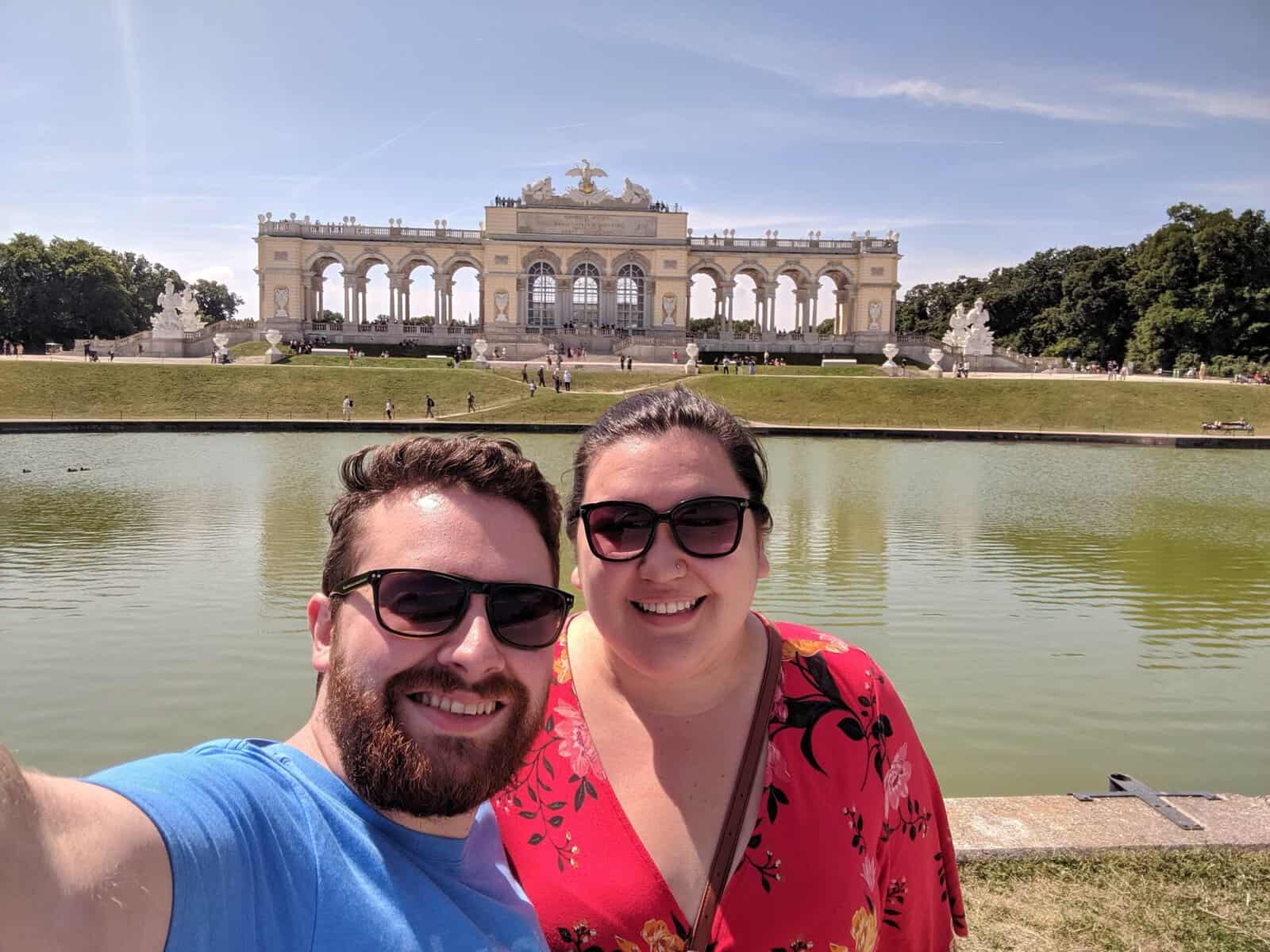
Now that you’ve got this huge list of amazing places and things to do, it’s time to narrow it down. Unfortunately, you can’t do everything and go everywhere all on one trip.
So let’s get into it: What do you want out of this trip? Or, why are you going?
You don’t have to have some lofty reason for wanting to travel. But every trip is inspired by something. What is the catalyst that is spurring your trip?
Perhaps you’re travelling to celebrate a milestone, like a birthday, anniversary or graduation.
Maybe your trip is all about relaxing and doing nothing after you finish up a stressful project at work. You could be going on your very first solo trip where you want to push yourself out of your comfort zone.
Or this trip could be all about eating the best food you can get your hands on!
Step 3) Decide who is going with you
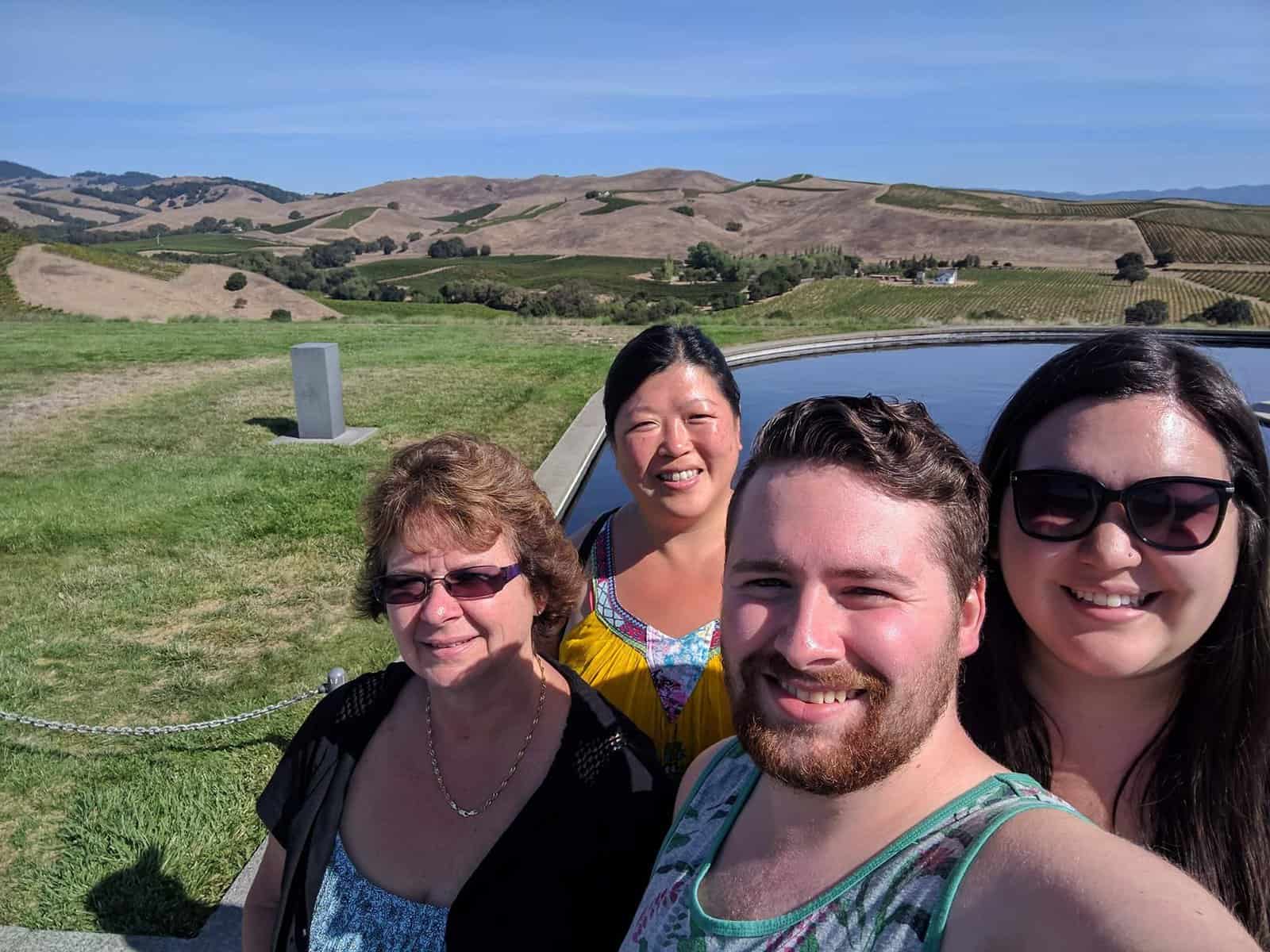
Before you narrow down your trip planning any further, you need to think through some of the logistics. Start with an easy one: Who is going on the trip?
If it’s just you on a solo trip, then you only have your own schedule, budget and interests to deal with. But if someone else is coming along, you’re also going to need to include them in the planning.
No point getting your heart set on temple hopping in Angkor Wat only to find our your travel companion would prefer museums and macarons in Paris.
Whether it’s your partner, a friend or a family member, every person on the trip deserves a say. This can get very complicated if you have a large group or a group with varied travel styles and experience levels.
That’s why it’s important you bring them in at this stage in the planning when your options of where to go on your next trip are still broad and there’s room for everyone to get on the same page.
When we spent three weeks in Europe with our moms in 2019, I started by asking both of them what they wanted to do. My mom wanted to visit friends in Sweden and my mother-in-law wanted to have a drink on a terrace in Italy.
That’s how we designed our trip from Sweden to Cinque Terre!
Step 4) Determine when you are going
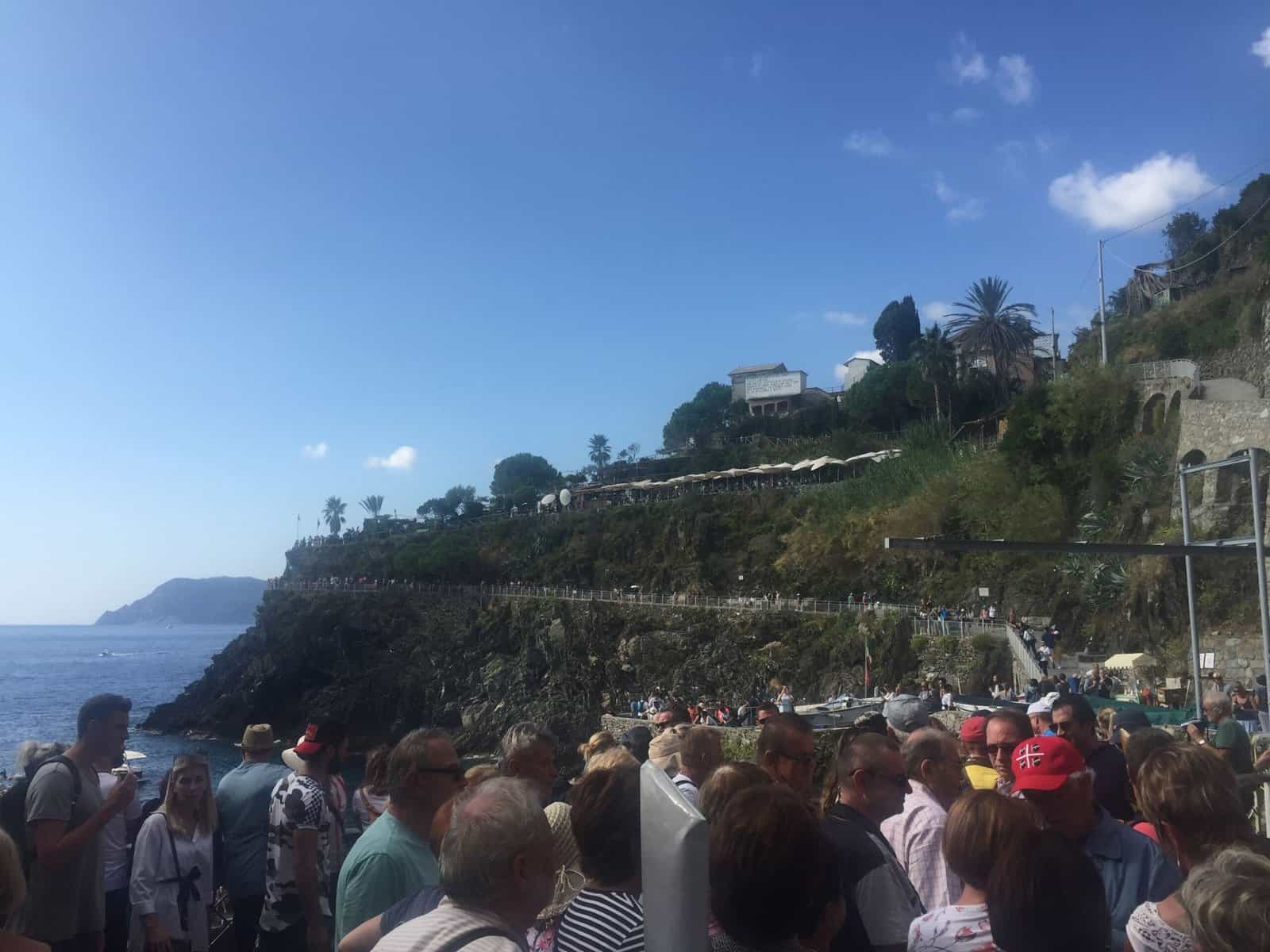
Another logistical question to tackle: When are you going on this trip? Most of us have some constraints that we need to plan our trips around.
Unless you work remotely for yourself and can pick up and leave almost anytime, you’ll likely need to get your vacation days approved by your work. Unfortunately, the more strict your vacation days, the harder it will be to find a great flight deal.
Keep in mind what your desired travel time of year means for your destination. For example, summer is a super busy time to travel as kids are out of school.
Europe gets absolutely packed in the summer! It’s also quite warm, which can be a pro or a con depending on what kind of traveller you are.
On the flip side, some places completely shut down in the low-season months. I’ve heard of towns in Greece and Italy that can feel almost deserted in November. This could be a pro if you hate crowds but a con if you’re looking for more than one restaurant option for dinner.
The middle ground? Shoulder season. Shoulder season (usually fall and spring, though thisvaries by location) is the perfect time to visit a place when the weather isn’t too extreme and neither are the crowd levels (or the prices!).
For example, Europe in the fall is way better than Europe in the summer. It’s cooler, cheaper and less crowded. We practically had the Vatican in Rome to ourselves when we visited!
It’s also important to keep holidays in mind. If you’re travelling over holidays, you may find that things are closed, crowded or expensive. Or, on the flip side, you may find yourself in the middle of a very cool local celebration, like seeing Carnival in Nice.
Step 5) Figure out how long your trip will be
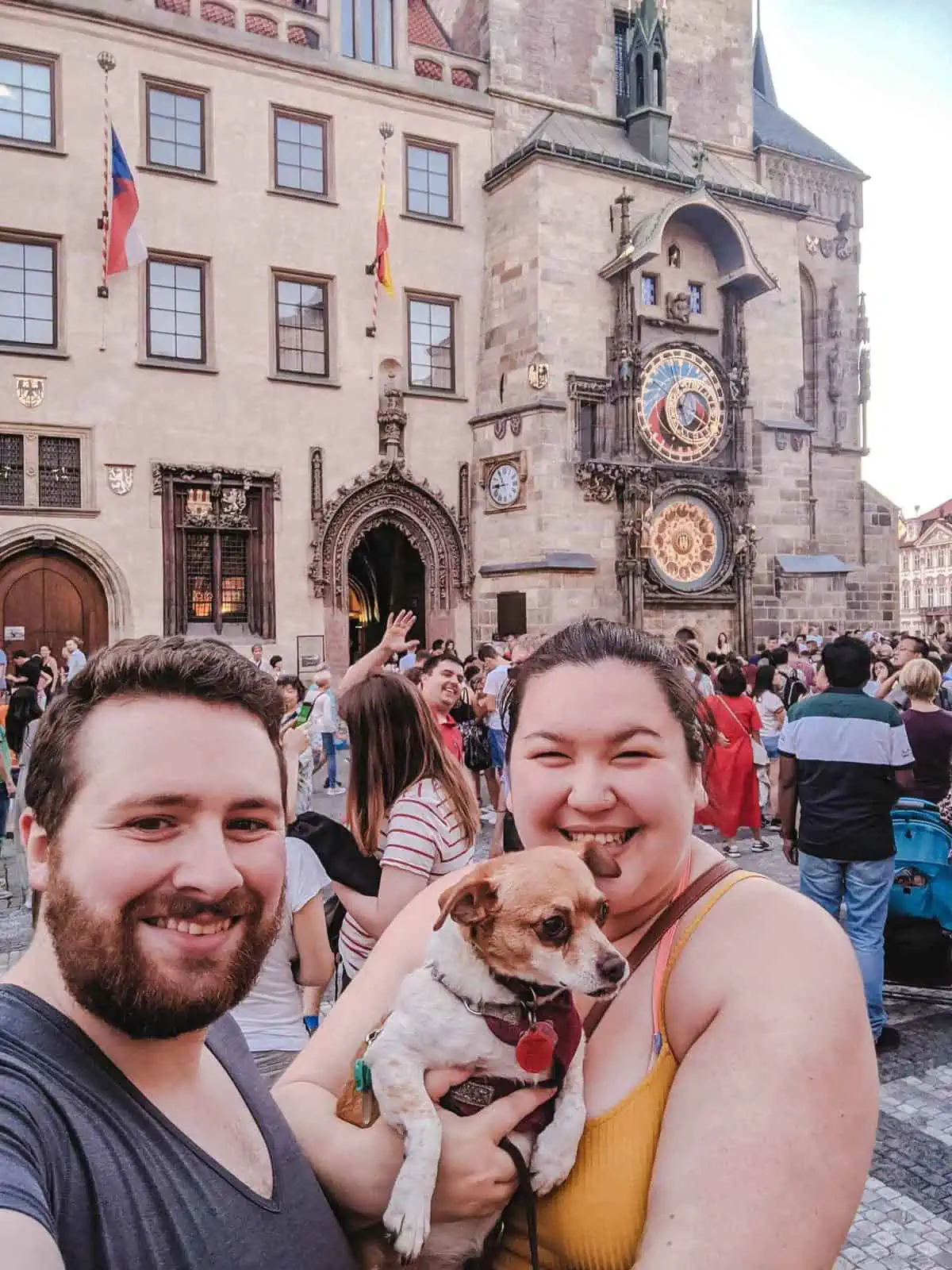
Sadly, every trip has an end date. And if yours doesn’t, then stop reading this right now because you don’t need to choose where to go on your next trip since you can just go everywhere on your never-ending trip!
Unfortunately, the American system is a standard two week annual vacation. It’s a bit better for us here in Canada, but nowhere near as great as in Europe.
When my husband, Colin, worked as a hotel receptionist when we lived in Prague, he got five weeks of paid vacation time. And that’s for an entry-level job without having to build up any years of working for the company. Europeans are doing it right!
But even if you have lots of days off work, that doesn’t necessarily mean you can be away on your trip the entire time. Each day you’re away is another day you have to pay for accommodation, food and activities on the road.
And you likely have bills at home that don’t stop just because you’re travelling, like your rent or mortgage, utilities and student loans. Plus, there are other expenses, like pet-sitting, that you might be responsible for.
You may also want time before your trip to prepare and/or time after your trip to adjust. I used to pack the morning of a trip, fly back on a red-eye and go straight to work from the airport. Now that I’m in my 30’s, I like having a few buffer days!
So just because you have five weeks off, doesn’t necessarily mean you can or want to travel for five weeks.
Step 6) Decide how many places you can see in that timeframe

It’s important to be realistic about where you can go in the amount of time you have for this trip. I know it can be tempting to try and cram as much as possible into a short trip.
I’ve been there. I visited four cities in 10 days in Ireland. I completely understand the mindset of, “I only have two weeks off a year and I’m flying halfway around the world. Who knows when I’ll get to come back here? You better believe I’m going to cross everything off my European bucket list!”
But travelling like that doesn’t work. I’m not going to lecture you on the merits of slow travel and say that every city deserves at least a week. I think that’s a really privileged and, to be honest, snobby opinion.
Not everyone has a week to dedicate to a small French village where the local baker memorizes your morning order.
But I also understand travel burnout. You don’t want to come back from your vacation and feel like you need another vacation just to relax from your first one.
You don’t want to spend the majority of your vacation at airports, hopping on a flight every other day and packing up to stay in a new hotel every night.
And you don’t want to miss out on the best sights of Avignon or Tokyo because you’re too tired from non-stop travel to leave the hotel room. That’s not fun. And travelling is supposed to be fun.
It’s not a competition to see who can get the most passport stamps or see the most icons in a week.
While I believe there’s no such thing as travelling for the “right reasons,” I do think it’s important to find the balance between seeing and doing absolutely everything and ensuring you still have enough time to enjoy a place.
Remember, you can always come back. The Eiffel Tower isn’t going anywhere.
While every traveller is different, I generally prefer to be in a city for at least two nights if I’m travelling on a short car or train ride. If I’m flying or taking a longer train between cities, I prefer to have three to four nights in each spot.
You also need to factor in travel days (flying to an international destination may mean losing 1-2 days depending on your timezone) and jet lag.
If you have 10 days on the ground, not including the time it takes to get there and back from your home country, I’d suggest three main bases. For example, with 10 days in Morocco, I suggest basing in Chefchaouen, Fes and Marrakech – with a little side trip to the Agafay Desert and/or Atlas Mountains.
Step 7) Finalize your trip budget

This is the biggie! For most people, the realities of your trip budget will largely dictate where to go on your next trip.
Unfortunately, you can’t scuba dive in the Maldives on a Miami Beach budget. You may say China but your wallet may say Chinatown. It’s important to get real about your budget when deciding where to go on your next trip.
Start with pricing out the big ticket items: flights, accommodation and big activities.
Luckily, it’s pretty easy to score cheap flights these days. I’m a big fan of signing up to flight deal websites and doing searches on Google Flights and SkyScanner. If you’re flexible (more on that below), you can usually snag a pretty great flight deal.

For accommodation, there are also deals to be had. Some hotel platforms offer loyalty points, free nights, and free upgrades or they allow you to bid for rooms or take advantage of last minute deals.
And if you really want to save, you can stay in a hostel dorm, try Couchsurfing or housesitting for free accommodation.
Next, you’ll want to add up your big activity costs. Start with any big ticket items. If you’re planning to go bungee jumping, do lots of day tours, or head out on a boat trip, these pricier activities should factor into your budget.
For example, when Colin and I went to New Zealand, we knew we’d want to do splurge on some activities like a Milford Sound cruise (and a Doubtful Sound one!), visiting Hobbiton and staying at Aoraki Mt Cook.
I did lots of research ahead of time and we ended up on track with our New Zealand trip budget.
Think about transportation besides your big flight from home. If you’re planning to take a bunch of planes or trains once you land, those should also factor into your trip budget.
Lastly, come up with a rough estimate for smaller costs like dining, nightlife, local public transportation, sightseeing and souvenirs.
With all of these costs in mind, you should have a pretty good idea of the budget you need for your trip. You can also work this backwards, starting with how much money you have and seeing what kind of flights, hotels and activities fit within that.
Keep in mind that everyone travels differently, so while it can be helpful to ask other travellers what budget they had, that might not represent the budget you’ll need.
Someone who sleeps at a hostel, makes their own breakfast and goes on a free walking tour is having a much cheaper trip than someone who stays at the Four Seasons, goes out to brunch and takes a private tour of the Louvre.
Bonus step: Be flexible
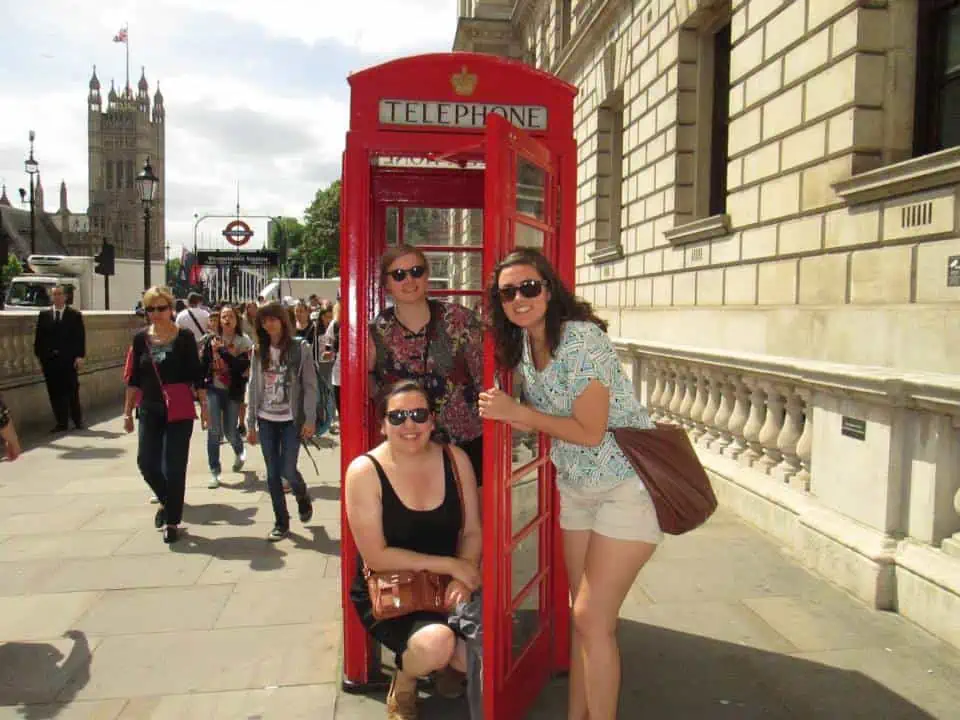
When we started this discussion about where to go on your next trip, I told you to dream big.
And over the last few questions, you have been narrowing down that big list based on your trip’s purpose, who’s going, when you’re going, how long you have and what your budget looks like. Now, I want you to expand again.
Being flexible is the single best way to have a better and cheaper trip. The more flexible you can be, the better.
If your heart is set on going to London in the second week of July, you’re going to have a harder time finding flight deals and avoiding crowds, since July is high-season in Europe.
But the moment you introduce some flexibility, your options really open up. Let’s say you stick with London, but you’re happy to visit anytime of year. All of a sudden, you’ve found yourself an awesome flight deal for October! So not only are you saving money, but you’re also avoiding the summer crowds.
Or if you have to travel in July, you can be flexible about your location. Maybe prices in London are absurd so you decide on Prague instead where you can stay and do lots of sightseeing for half the cost.
If you open yourself up to different locations, you could end up somewhere just as (or even more) amazing than you originally thought.
And remember, London isn’t going anywhere.
An example of how to use my steps to decide where to go on your next trip
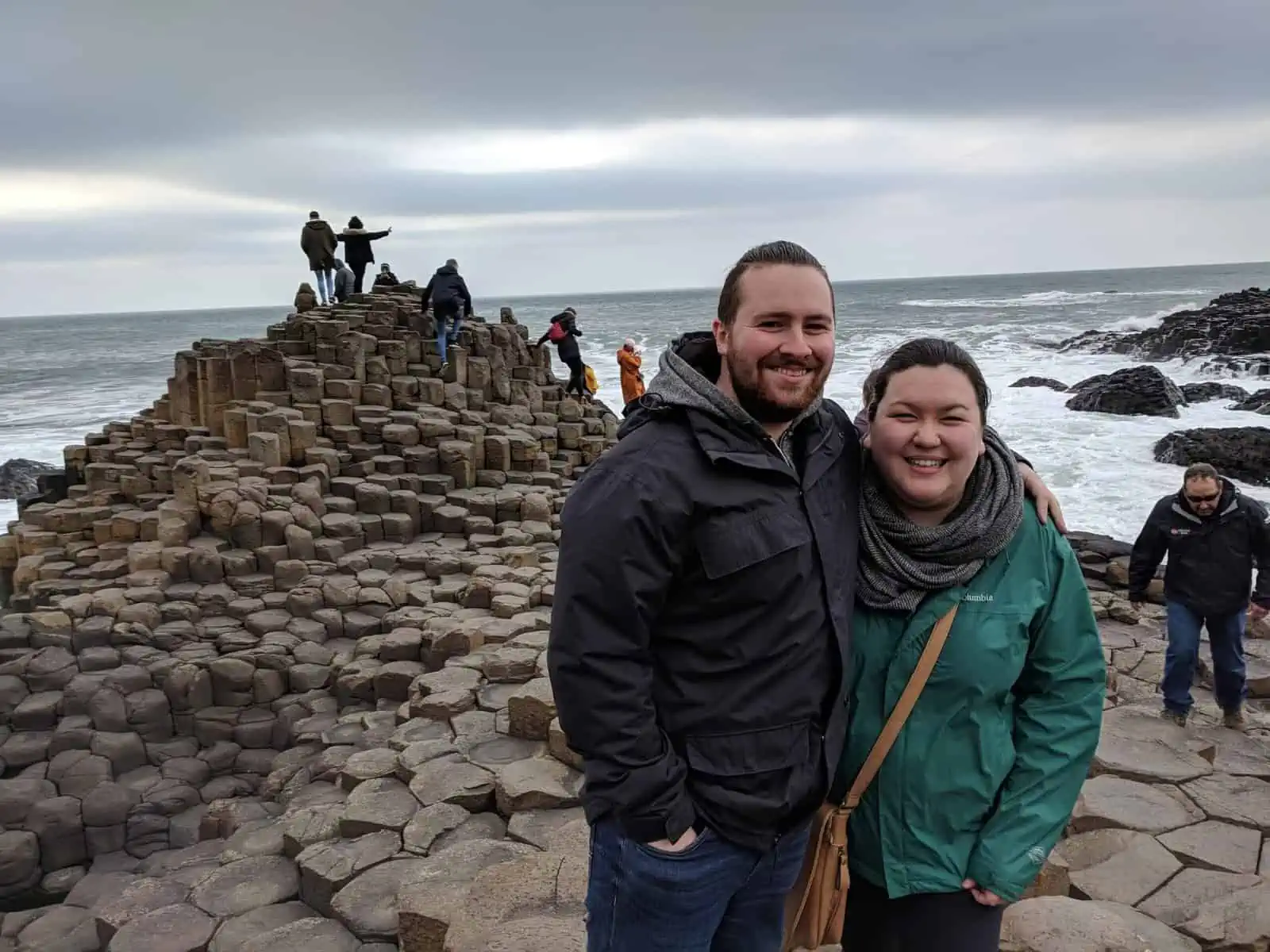
Let me walk you through how this decision making framework has worked for me in the past. Here’s how Colin and I decided on our first trip to Ireland in 2018.
- Starting with my bucket list, just about everywhere was on it. Dreaming big was not a problem!
- Why were we going on this trip? Colin and I wanted to go somewhere new for both of us and had narrowed it down to somewhere in Europe.
- Who was going? Me and Colin! Ellie, our rescue dog, stayed with dog-sitters back in Vancouver.
- When were we going? Luckily, we had a lot of flexibility here. With Colin’s job, we just had to give them some notice and could request off any days. We wanted to avoid the summer, when things are too hot and crowded, and Christmas, when we’d prefer to be home.
- How long were we going? With Colin’s limited vacation days, we figured we would have about 10 days in Ireland.
- How many places were we visiting? With only 10 days, we knew we wanted to stay in Ireland, and maybe hop around to a couple of cities. We based in Dublin, Belfast, Galway and Cork.
- What was our trip budget? We are always pretty budget-conscious when we travel. We were able to find a great flight deal, booked trains ahead of time to save money, stayed in hostels and Airbnbs, and kept things pretty reasonable when it came to tours, sightseeing and food.
Bonus: Were we flexible? We were super flexible for this trip! Because we could travel any time of year and were open to anywhere in Europe, we were able to jump on amazing flight deals to Dublin (less than $400 CAD roundtrip!).
And there you have it! That’s how we ended up spending 10 days in April in Ireland last year.
Wrapping up & planning your next big trip
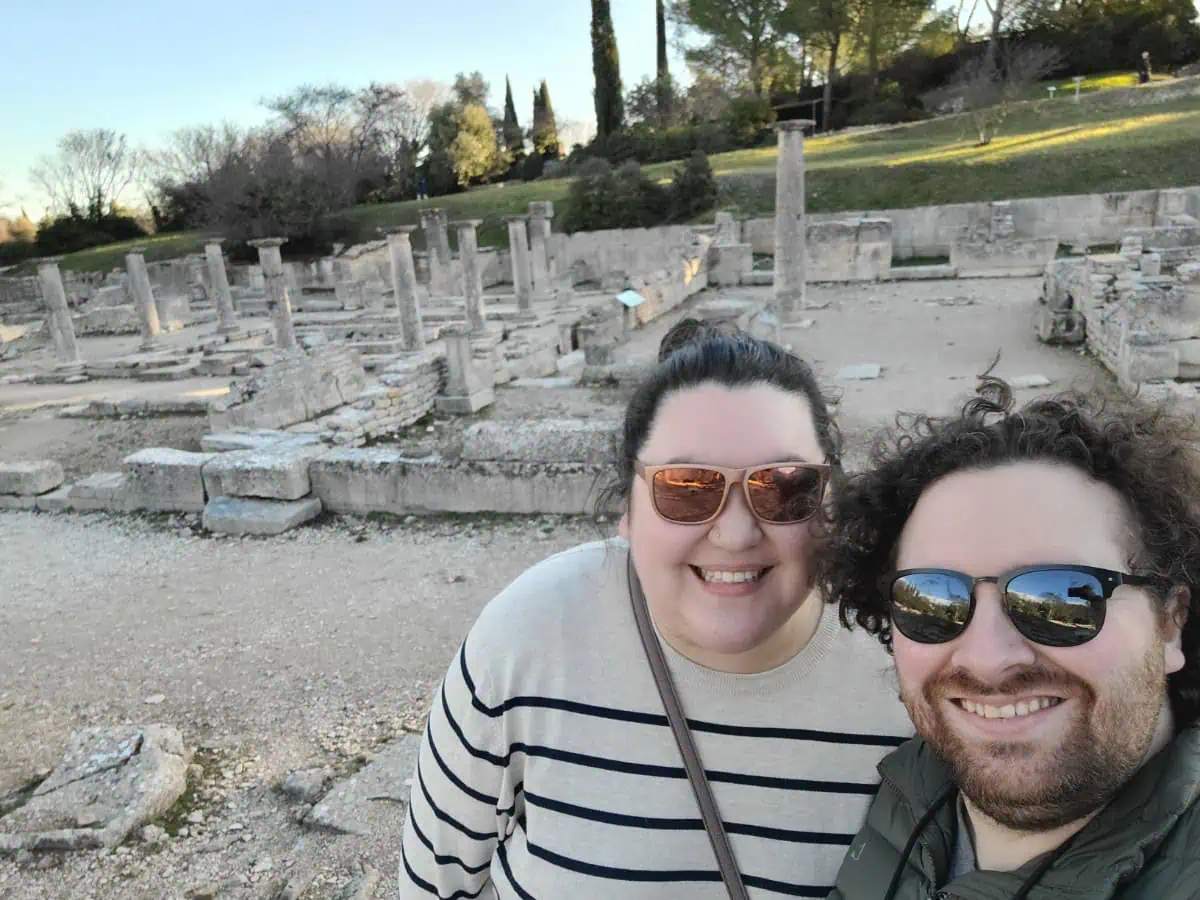
I hope this post helps anyone who is staring at a globe (or Google Maps) and feeling totally overwhelmed by choice. But what an awesome dilemma to have!
One of my favourite hobbies is planning out trips that I will go on one day. I may or may not have multiple spreadsheets and powerpoint presentations ready to go with full trip itineraries…
So if you’re in the position where you’re actually about to take that trip, that’s amazing. Even if you’re limited by only a few vacation days or a small budget, the world is still your oyster and you can go almost anywhere.
And remember, wherever you don’t go just gets added to your bucket list for next time!
I’d love to know: Where are you going on your next trip?



